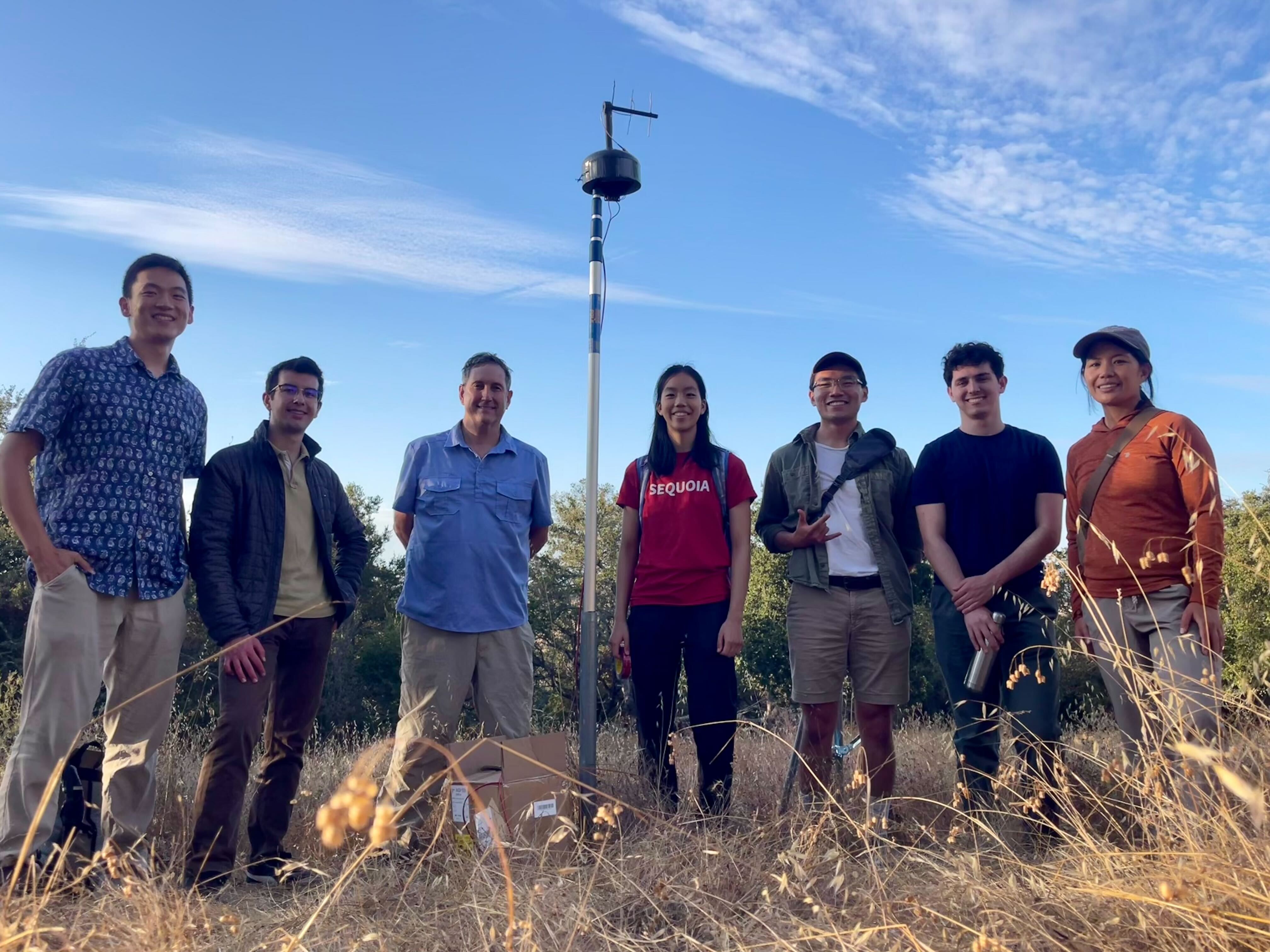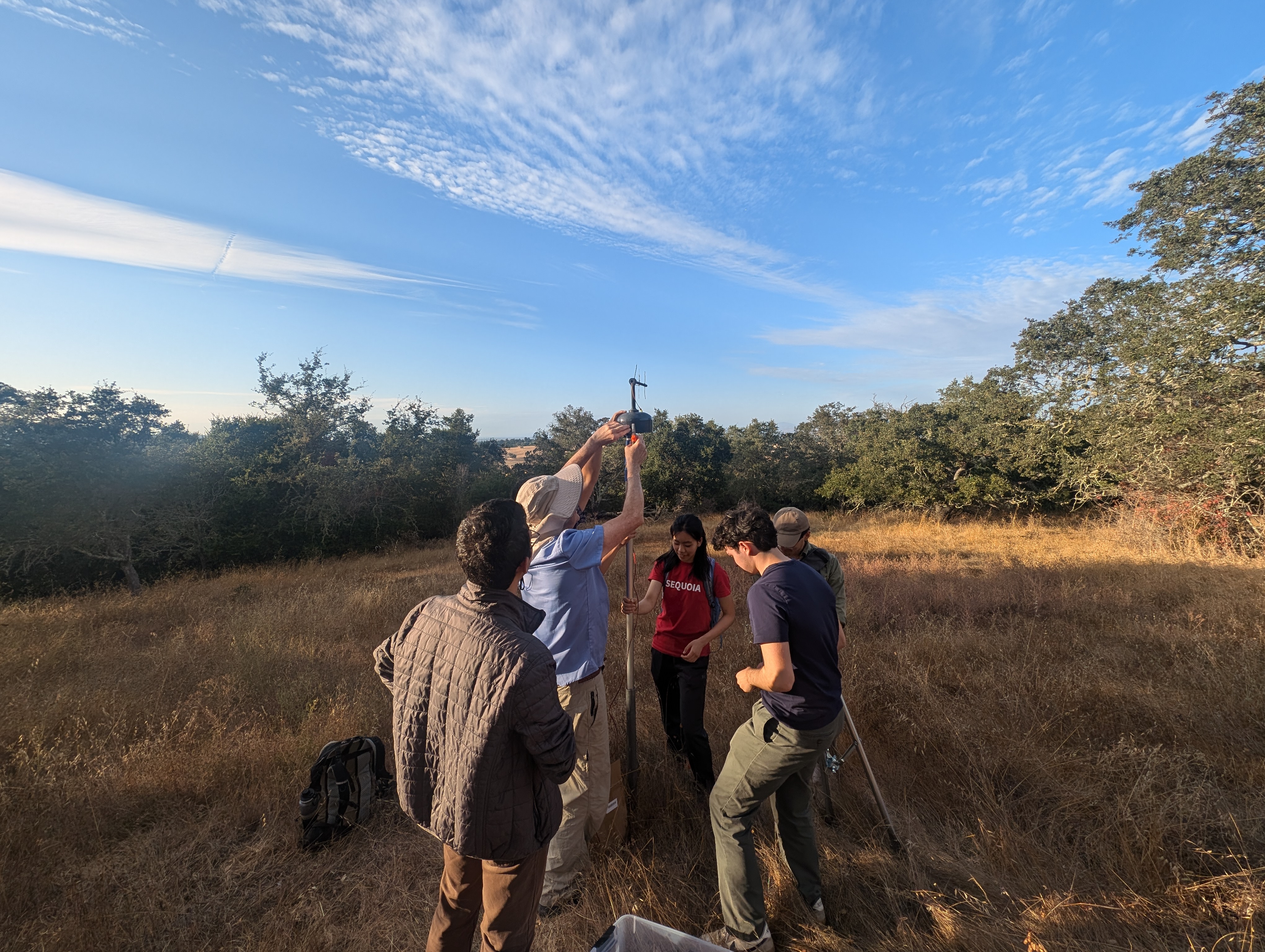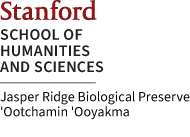Quantifying and characterizing particulate matter from prescribed fire smoke: Towards developing a standardized monitoring protocol

Summary
This project ultimately aims to develop novel tools to better measure smoke from prescribed fire and provide policy recommendations that would facilitate greater use of beneficial fire as a forest management tool.
An interdisciplinary team of environmental health scientists, lawyers, and engineers are working together to develop a protocol and air sensor network to accurately measure air quality via fine particulate matter (PM2.5) during prescribed fires, which can then be deployed by small land managers and local air agencies. Air particle data from prescribed fires is lacking, so it is imperative to ground-truth existing smoke models. Researchers will:
- Quantify total PM2.5 and PM10 concentrations before, during, and after prescribed fires which occurred March 2024.
- Test the utility of low-cost air samplers for tracking local air quality.
- Build a network of air sensors connected by a radio mesh network.
- Examine whether environmental factors like chaparral vs. oak woodland vegetation influence the amount of PM emissions.
- In combination with surrounding community air sensors (e.g., PurpleAir network), estimate/visualize smoke plume transport and assess how PM concentrations differ based on distance from prescribed fire activity and nearby communities.
- Compare measured PM2.5 with pre-burning predictions generated using fire and smoke behavior models, e.g. BlueSky and HYSPLIT.
Results from this project will help develop a communication strategy between practitioners and neighboring communities for safely utilizing prescribed fire. Researchers will also help create a central repository of prescribed fire emissions that can support risk-risk tradeoffs between wildfire and greater use of prescribed fire.
This project also provides opportunities for students from the Radio Club to practice deployment of smoke sensors that transmit data through radio waves. Students will also learn about the challenges that the electronics will face in field research. This group of students form the Stanford Smoke Mesh (SMesh) network, which is student led Lisa Fung, advised by Pete Mahowalk and Jessica Yu, and faculty sponsored by Adjunct Professor Dave Leeson.







